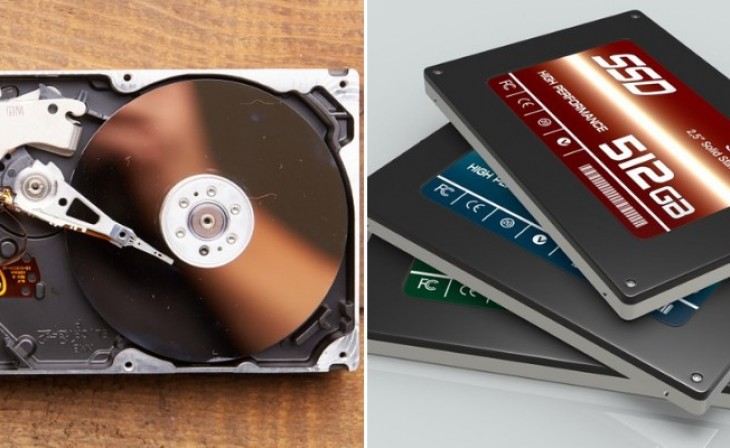Latest Hard Disk Difference in HDDs And SSDs
The latest hard disk technology is known as solid-state drives (SSDs). Unlike traditional hard disk drives (HDDs), which store data on spinning disks, SSDs store data on interconnected flash memory chips. This makes SSDs faster, more reliable, and more energy-efficient than HDDs.
One of the main advantages of SSDs is their speed. They can read and write data much faster than HDDs, resulting in faster boot times, faster application launches, and improved overall system performance. They also have faster seek times, which means that the time it takes to access a file or data is significantly reduced.
Another advantage of SSDs is their reliability. Since they have no moving parts, they are less prone to failure caused by mechanical wear and tear. They are also less susceptible to physical damage, as they do not have spinning disks that can be scratched or damaged.
SSDs also consume less power than HDDs, making them a more energy-efficient option. This is important for portable devices such as laptops, as it helps to extend the battery life of these devices.
There are two main types of SSDs: SATA and NVMe. SATA SSDs use the same interface as traditional SATA HDDs and are typically slower than NVMe SSDs. NVMe SSDs, on the other hand, use the NVMe interface, which is designed specifically for high-performance storage devices. NVMe SSDs are faster and more responsive than SATA SSDs and are often used in high-end gaming and performance-focused systems.
Another recent development in hard disk technology is the use of 3D NAND flash memory. 3D NAND is a type of flash memory that is stacked vertically in multiple layers, allowing for more storage capacity in a smaller form factor. This allows for the production of larger capacity SSDs, which are more affordable and accessible to a wider range of users.
In conclusion, the latest hard disk technology is solid-state drives (SSDs), which offer faster, more reliable, and more energy-efficient storage solutions compared to traditional hard disk drives (HDDs). With the availability of SATA and NVMe SSDs, as well as the use of 3D NAND flash memory, users have a wide range of options to choose from to meet their storage needs. Whether you're a gamer, a professional, or a casual user, there is an SSD that is suitable for your needs and budget.




